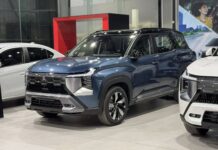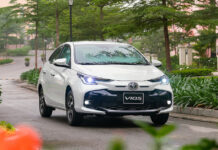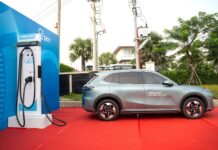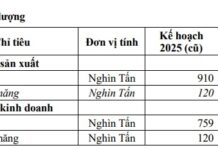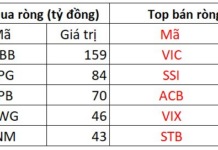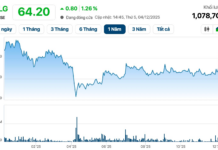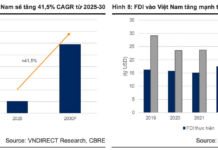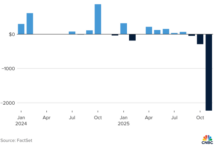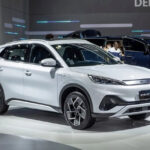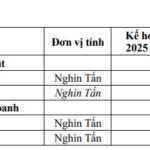Chinese Car Export Boom: The Unconventional Journey
- Chinese car exporters are dodging taxes by falsifying documents and passing off new cars as used ones.
- These “used” cars attract lower taxes and can be sold at more competitive prices overseas.
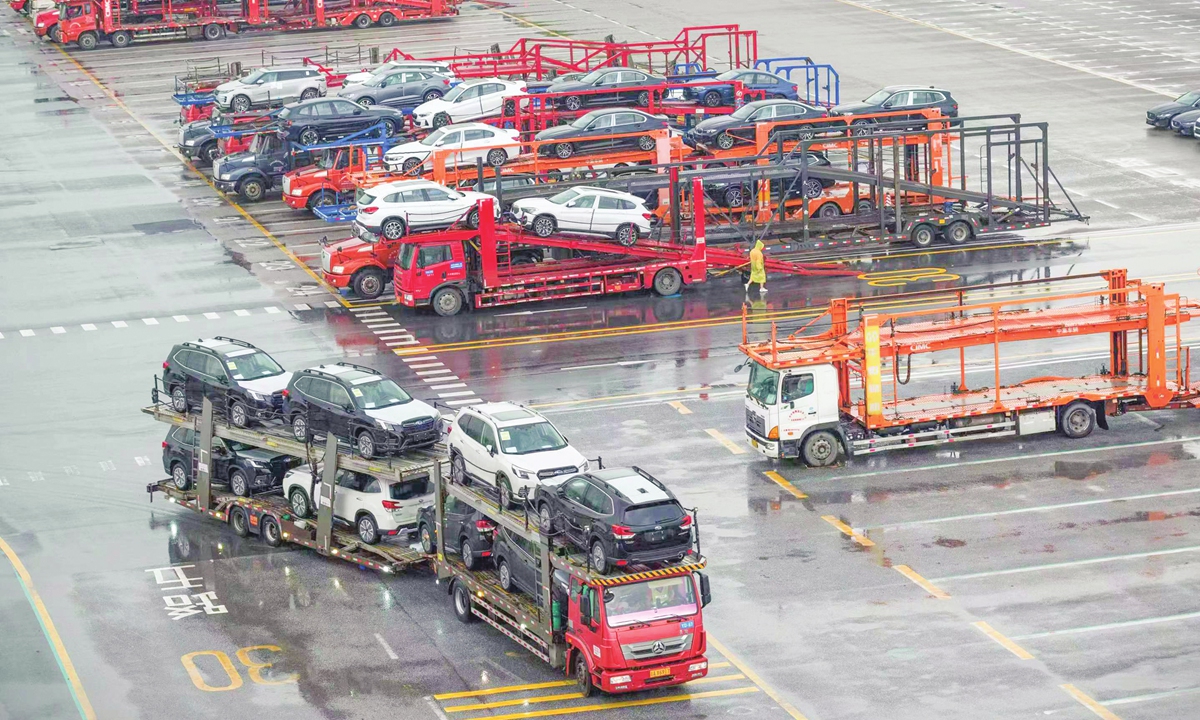
Chinese cars being exported. Photo: Chen Tao/GT
Li Auto, a Chinese car manufacturer, uncovered an unusual pattern while auditing their July sales. Their CEO, Li Xiang, discovered that while 200 cars were registered in China during the first three weeks of the month, the necessary paperwork for legal operation was missing.
Further investigation revealed that these vehicles had been shipped abroad, primarily to Russia, the Middle East, and Central Asia. Interestingly, Li Auto only sells cars in China at the moment.
Adding to the intrigue, a Li Auto L7 was spotted for sale in Kazakhstan at a marked-up price of approximately $25,800, roughly 650 million VND, compared to its original price in China.
The Magic Trick: Turning New Cars into “Used”
China currently leads the world in electric car production, with BYD surpassing Tesla as the top electric car manufacturer globally. The country boasts numerous domestic brands, and Chinese cars are increasingly making their way into international markets, driven by excess supply at home.
This export trend has created opportunities for individuals and small businesses, especially in regions where official dealerships are yet to establish a presence. The most common strategy to boost profits involves exploiting used car tax policies: Cars are registered in China and then immediately shipped overseas.
On paper, these vehicles appear as used cars, but in reality, they may have never been driven on Chinese roads.
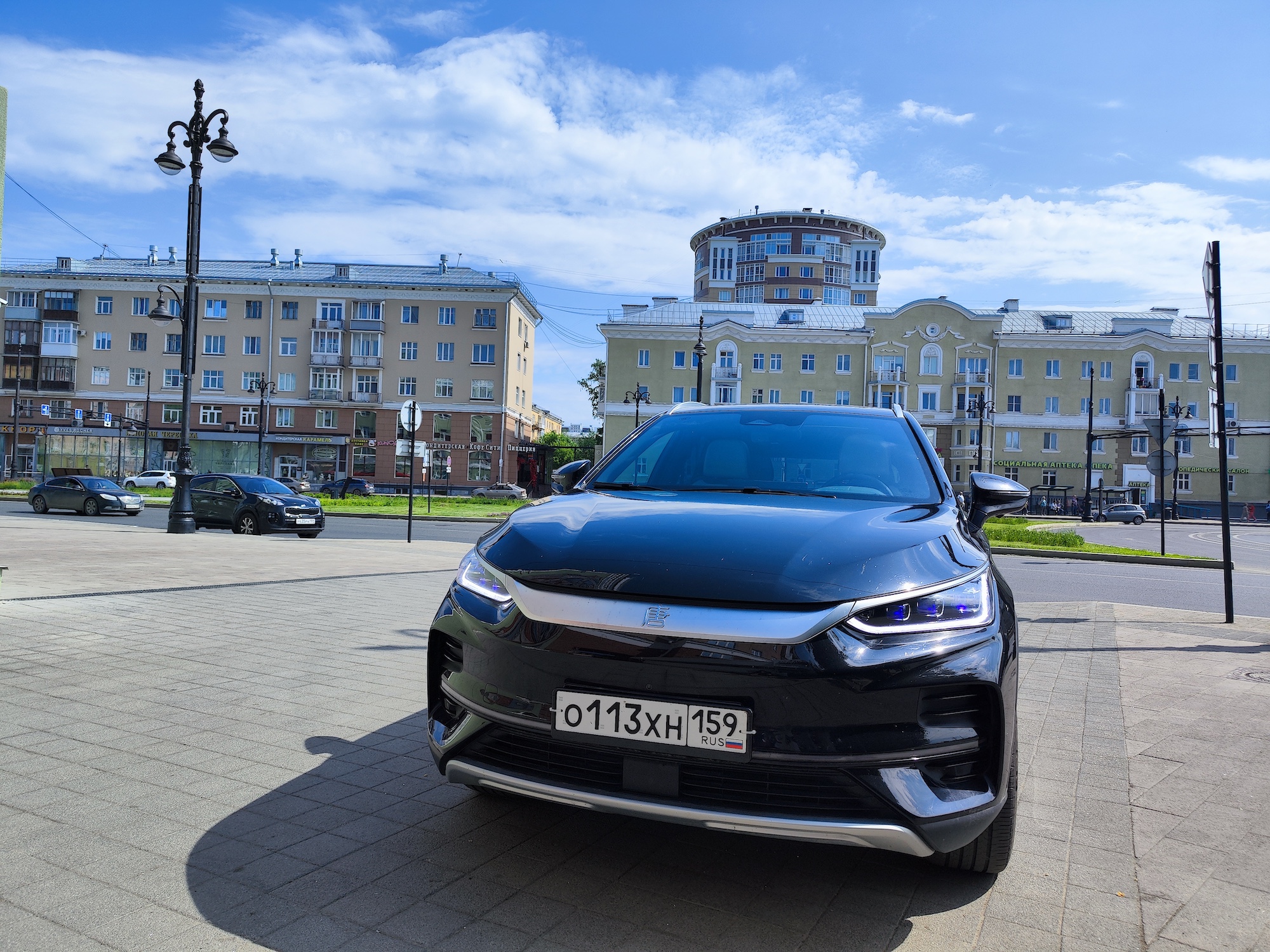
A BYD car on the roads in Russia. Photo: Ilya / CleanTechnica
In certain markets, Chinese electric cars are highly sought-after, such as in Russia, Kazakhstan, and Saudi Arabia, even becoming trendsetters. Near the China-Kazakhstan border, cars are taken to garages to change the language of the infotainment system to English or Russian.
Ethan Zhang, a Chinese car exporter, highlights the features that make these cars appealing: “Large screens, interactive functions, hidden door handles, voice control, and built-in massage seats—all of these are very attractive.” He adds, “Chinese cars are becoming more and more popular.”

Chinese cars impress with their extensive feature list.
Historically, these businesses operated in the opposite direction, importing foreign cars for Chinese customers, ranging from luxury brands like BMW and Mercedes to more affordable options. However, as Chinese electric cars gained attention, they shifted their focus, allowing adventurous buyers to get their hands on models from Li Auto, Zeekr, and BYD, even before official distribution channels were established.
While car manufacturers need to set up sales and maintenance systems when entering a new market, these individual sellers can bypass this step, reaching markets that the brands themselves may not have prioritized.

Many dealers have switched from importing European cars to exporting Chinese cars.
Russia is a significant market for this type of export. Konstantin Durasov, a Russian car importer, shared that he switched from selling European cars to Chinese electric cars and plug-in hybrids about a year ago due to the challenges of importing from Europe.
In 2023, his showroom, Zeecar, imported around 400 such vehicles from China, including models from BYD, Li Auto, and Zeekr. To facilitate his business, Konstantin even opened an office in Shanghai, China.
“A while ago, Chinese cars were considered very cheap and of low quality,” Konstantin noted. “But now, customers think they are good value for money.”
A promotional video for Chinese cars by the Russian showroom Zeecar.
Katerina Zabrodkina, a car sales consultant in Russia, observed that with the departure of foreign car brands, customers had limited options beyond Chinese cars. “More and more people are looking for them, especially since Chinese car designs have improved in recent years,” she said. “We’ve seen Tesla, but Zeekr is newer, so it’s more attractive.”
Some dealers promote their electric cars through flashy videos on social media platforms like TikTok and Instagram, attracting inquiries from all over the world. Hu Changwen, a Chinese car exporter, receives interest from places as diverse as South Africa, Mexico, and Algeria through his TikTok channel.
One of Hu’s videos featuring the Aito M5 garnered 6 million views, and it even caught the attention of some German dealerships. However, EU regulations prevented the cars from being sold there.
Profits Used to Be Higher
As more dealers join the Chinese car export bandwagon, competition has increased, and profits have taken a hit.
Yang Pingping, a Chinese car exporter to Russia, shared that profit margins have shrunk from 15% in early 2023 to around 8% this year. Ethan Zhang noted that per-car profits peaked at 50,000 RMB (nearly 175 million VND) in 2022 but have since dropped to 10,000 RMB (around 35 million VND) recently.
Since these cars are sold without official distribution channels, they lack proper after-sales service and warranties, making repairs a hassle. For instance, Li Auto doesn’t sell spare parts to individuals, so owners in Russia have to rely on the second-hand market for repairs. Consequently, some dealers have expanded into the repair business.

The Aito M5 is a collaboration between Huawei and Seres.
Li Auto’s CEO affirmed that the company has no plans to sell cars internationally before 2025, and they have no control over individuals or businesses taking their cars across borders. However, these exporters believe they are doing the manufacturers a favor by testing the waters in new markets.
Konstantin Durasov, who started selling Chinese cars just a few months ago, has already purchased a Li Auto L7 for himself and an L9 for his brother. His partner bought a Zeekr, and they are all part of a Telegram group with around 17,000 members from Russia, Kazakhstan, and other Russian-speaking countries, where they exchange tips on maintenance, operation, and repair.
Konstantin’s cars also attract attention on the streets, and he sees them as marketing tools. “When you drive the car, you’re promoting it,” he said.
More than 1/5 of new car sales in Thailand are electric vehicles: Mostly from China, leading the sales is a brand about to enter Vietnam
In 2024, electric vehicles will account for over 20% of the total car sales in Thailand, a remarkable rate in the current Southeast Asian market.

